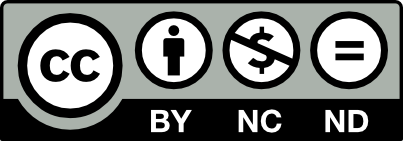The Story of SNCC
(Student Nonviolent Coordinating Committee)
Written by Charlie Cobb, SNCC Field Secretary 1962-1967
Julian Bond’s History of SNCC, Volume 1, “Opening Plenary,” SNCC 50th Anniversary Conference, 2010, California Newsreel
Young activists and organizers with the Student Nonviolent Coordinating Committee, or SNCC (pronounced “SNICK”), represented a radical, new unanticipated force whose work continues to have great relevance today. For the first time, young people decisively entered the ranks of civil rights movement leadership. They committed themselves to full-time organizing from the bottom-up, and with this approach empowered older efforts at change and facilitated the emergence of powerful new grassroots voices. Before SNCC, with only a few exceptions, notably the Southern Negro Youth Congress (SNYC) during the 1930s and ’40s, civil rights leadership always meant grownups.
The Congress of Racial Equality (CORE) founded in 1942, grew during the 1960s because of a significant influx of young leadership into its ranks; but in that decade, there were more SNCC field secretaries working full time in southern communities than any civil rights organization before or since. Speaking on February 16, 1960 at the White Rock Baptist Church in Durham, North Carolina, Rev. Martin Luther King, Jr. acknowledged the emerging importance of young people: “What is new in your fight is the fact that it was initiated, fed, and sustained by students.”




